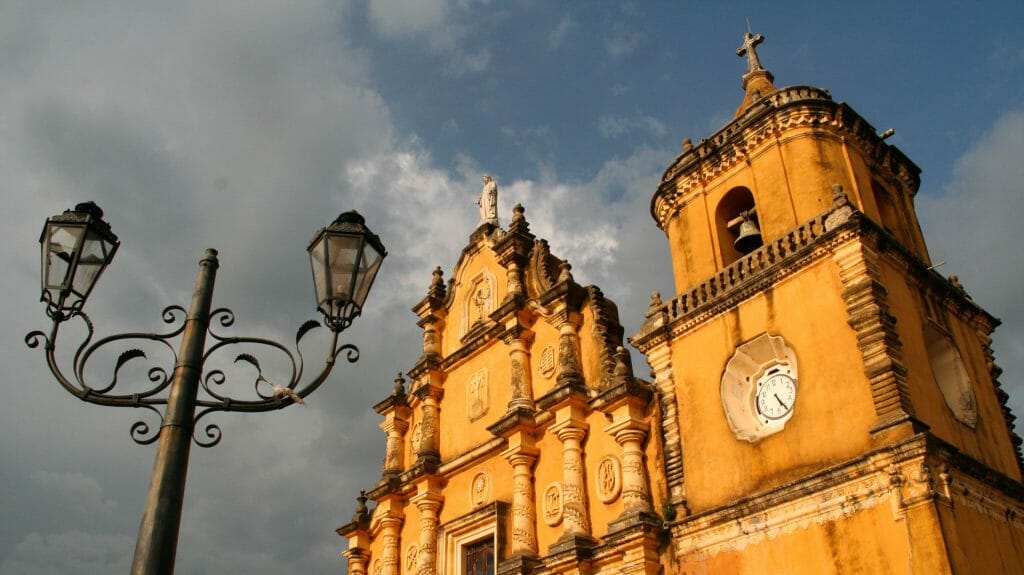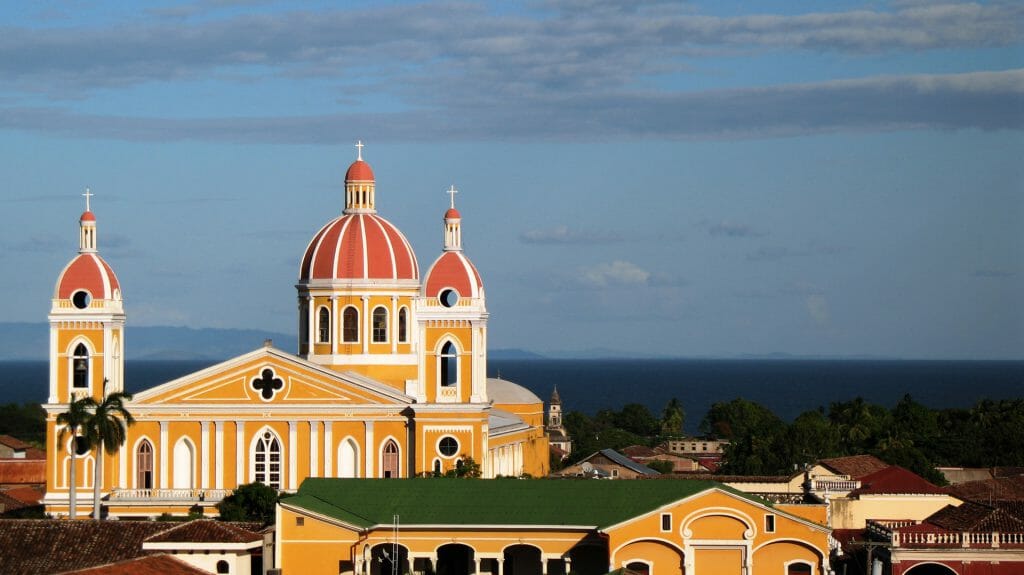I jump into the surf and walk up the beach, black volcanic sand between my toes, to the jaded customs officials waiting on the crumbling pier.
They conduct a cursory search for contraband, which includes binoculars and drones. One official admires the number of country badges on the rucksack of one backpacker and asks why there is not one of his country. The backpacker looks perplexed, Google translate – the backpacker default – not yet able to decipher humour.
I have arrived in Nicaragua.
Once isolated from information, Nicaragua has reinvented itself and it is us who are out of touch with the country of today. If you mention Nicaragua, most people think of Contras and Sandinista. Reagan and Oliver North. A country that had fought against the might of the US. As Salman Rushdie describes in his novel ‘The Jaguar Smile’, “perhaps David and Goliath was the wrong metaphor. Perhaps Nicaragua’s struggle was better compared with….Astérix and Obelix…”
Whilst coffee is the country’s key export, in this region of the north-west of the country, peanuts and sugar cane are the main cash crops, and also cattle, judging by the number crossing the road at their pleasure and the cowboy trotting past on his skinny horse, texting on his phone as he does so.

Cattle and peanuts give way to sugar cane fields that are eventually consumed by the spread of Nicaragua’s second city Leon, founded by the Spanish in 1524. I head out to explore the town visiting the cathedral (whilst the largest cathedral in Central America, it is white and spartan), markets and murals that did little for me. If I was underwhelmed by Leon, I was floored by the Ortiz-Gurdián Collection.
The Ortiz-Gurdián Museum hosts a world-class display collection of paintings and works of art. The collection is housed in the original family home which was refurbished in 2000. The old colonial house is impressive in its own right – the collection spreads across two buildings and surrounding greenery-filled courtyards – but the paintings and works of art….
Some powerful 16th and 17th century paintings that were brought over from Spain, the luxurious realism of the Renaissance, the spare beauty of the colonial period, romanticism, modernism, postmodernism and modern pieces by Cuban, Peruvian and other Latin American schools. Big Latin names make an appearance – Diego Rivera, Rufino Tamayo, Fernando Botero, Roberto Matta and more – but if you, like me, were unfamiliar with such names, try: Picasso, Chagall, Miró, Mondrian, Kandinsky, Damian Hirst, Jeff Koons, David Hockney and Andy Warhol.
Murals throughout the centre of town speak of a more disturbed recent past. A past that the ruling party, the FSLN, wants to remind everyone of.
In 1979 the FSLN (Frente Sandanista de Liberacion Nacional) ousted the Somoza dictatorship that had ruled the country for the last forty years. Official figures estimate that tens of thousands lost their lives in the next 10 years of ‘revolution’ and fighting the Contra War against the US-backed contras. Oscar, my guide, put the number of deaths much higher.
“There was military service from 1980 to 1990. Many lost their lives. I lost two of my older brothers. I was young – too young to fight – but still my parents made me and my other brothers hide in shelters in the countryside. I remember the vibration of bombs as we were hiding out in that shelter.”
“In the 1990s we had 10 guns in our house including an AK47,” he continued. “But now it is different. In 2000 there was an amnesty for everyone to hand in their hand guns and two years ago it became illegal to carry a gun. People no longer carry guns.”

Leon’s historical rival is Granada. Founded in 1524, Granada is the oldest city in Central America – next year it will be celebrating its 500th anniversary – and one of Latin America’s most beautiful colonial cities. It is rightly listed as a UNESCO World Heritage Site.
The white marble tombs in the city’s cemeteries speak of the former wealth of Granada borne out of trade. Today its main revenue source is from tourism. White horse drawn carriages queue expectantly for business, the horses wilting under the embarrassment of having natty pink bows on their noses and the relentless sunshine.
From the bell tower of the Church of La Merced, I look out over an impressive array of churches dotted amongst old one-storey colonial houses with tiled roofs. There is still wealth in the small city of 60,000.
The equilateral triangle that appears on the cordoba (Nicaragua’s currency) – I never quite reconciled myself to the fact that the currency is named after the Spanish conquistador, Francisco Hernandez de Cordoba – and also on the national flag symbolises equality. Whilst some of the double courtyards within the old houses have been split between families, many have not.
In our increasingly polemic world, both sides label the other as over simplistic, so too in our travels. Notwithstanding that it is important to make connections, to improve tolerance, to break down prejudices and to be more understanding.
I do not profess to know Nicaragua but I do understand it better. Some of my preconceptions changed, I am more empathetic.





